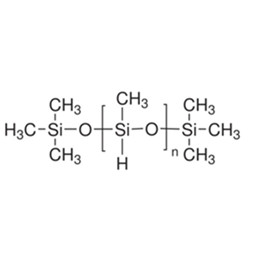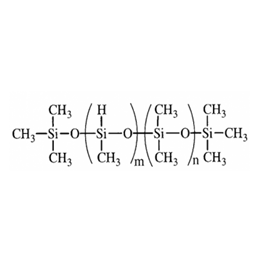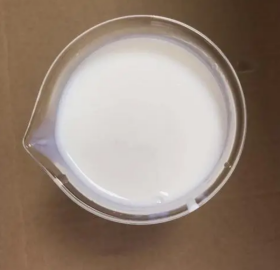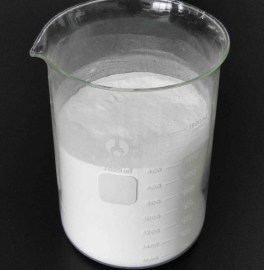Rubber industry release agents are a class of substances used to prevent rubber products from adhering to the surface of the mold and to enable them to come out of the mold smoothly without tearing in mold making. It is sprayed or coated onto the surface of the mold cavity to form an effective barrier. There are many types of mold release agents on the market, and silicone release agents are commonly used in the rubber industry because of their excellent performance. How to use silicone mold release agents in the rubber industry?
Silicone release agents have a certain degree of thermal stability and chemical inertia, they do not corrode the surface of the mold cavity, and have residual decomposition under the surface of the mold cavity; silicone release agents do not affect the product color, but can give a good appearance, non-toxic; silicone release agents are easy to formulate and easy to use.
The following eight aspects of the silicone mold release agent in the rubber industry applications:
- Why use mold-release agents?
- What are rubber mold release agents?
- What is a silicone mold release agent?
- What is the principle of silicone mold release agent?
- What is the performance of silicone mold release agent?
- What are the precautions for silicone mold release agents?
- What is the use of silicone mold release agents?
- How to make silicone mold release agent performance better?
1. Why use mold-release agents?
Mold releases agent is a functional substance between the mold and rubber, in rubber, plastics, and other industrial manufacturing model product structures, in order to release the mold to improve production efficiency, improve product yield, extend the service life of the mold, and at the same time to improve the quality control of the production process of an indispensable substance.

Its main function is to make the demolding process easier and prevent product damage caused by the forcible removal of the mold in the curing process, which is suitable for multiple-part releases. The isolation of the mold release agent depends on its surface properties, and its significant feature is its critical surface tension is small, and the liquid is difficult to wet.
2. What are rubber mold release agents?
Rubber mold-releasing agents can be divided into two kinds external mold-releasing agents and internal mold-releasing agents according to their method of use, and can be roughly divided into the following categories according to their surface properties:
(1) Fluorine-based mold release agents
Fluorine mold release agent inherits the characteristics of fluorine-containing materials, can significantly reduce the surface energy of the solid, making it difficult to infiltrate and non-adhesion, not easy to dissolve with other substances, a good solution to the finished product and the mold between the bonding problem, formulated as a release agent, the amount of fluorine-containing compounds is extremely small. It is suitable for thermosetting resin, thermoplastic resin, and all kinds of rubber parts, the surface of mold products is smooth and clean, and the secondary processing performance is excellent, especially suitable for the demolding of fine electronic parts.
(2) Silicone mold release agent
Silicone mold release agent is prepared from organosiloxane as raw material, and does not contain chlorinated solvents, its advantages are good heat resistance, moderate surface tension, ease of forming a uniform isolation thin layer, and long life of the mold. The disadvantage is that there is a layer of oil on the surface of the product after demolding, and the surface must be cleaned for secondary processing. Commonly used silicone oil, silicone rubber, emulsified silicone oil, and silicone grease. Silicone mold-releasing agent is currently the rubber and plastic mold-releasing agent in the mainstream market products, polyurethane, rubber, and other resins are widely used in the processing.
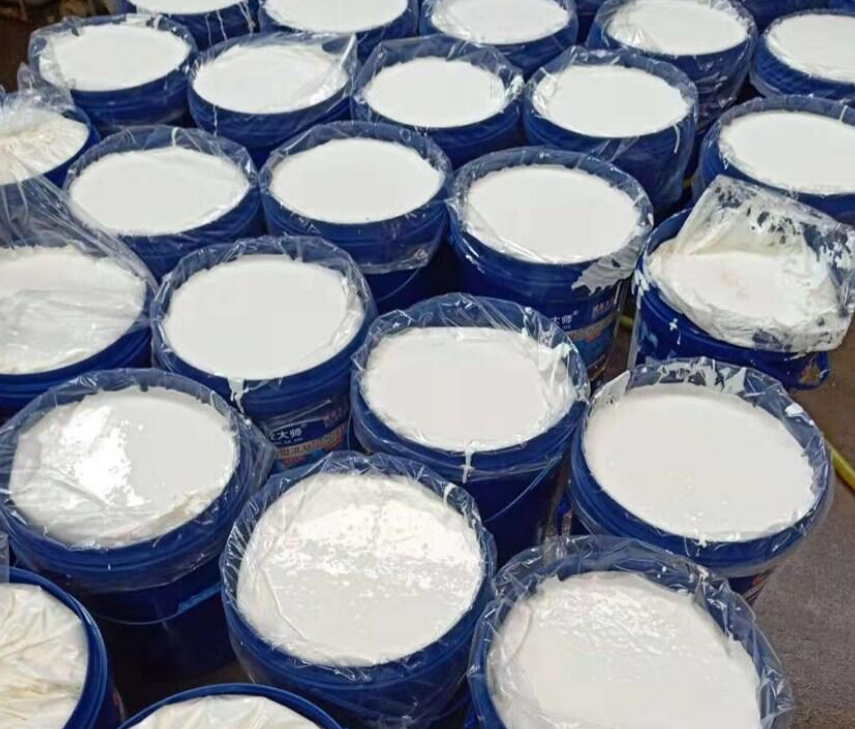
XJY-701 Polymethylhydrosiloxane is a high molecular weight organic synthetic with a general chemical structure, a kind of high-hydrogen silicone oil, which can be used as one of the raw materials of mold release agent. It can determine the suitability for customers.

XJY-702 Methylhydrosiloxane/Dimethylsiloxane Copolymer is non-toxic and tasteless, with active genes, which can react with double bonds, hydroxyl groups, and other groups under the action of catalysts, and it is the basic raw material of polyether-modified silicone oil, which can be used as one of the raw materials of mold release agent, and start molding immediately.

XJY-RA/XJY-RAN MQ Silicone Resin is made of tetrafunctional silicone (Q) polymerized with monofunctional methyl silicone (M), which has good application effect in the field of high temperature, semi-permanent and permanent mold release agent. Silicone mold release agent is a special formula with high and low-temperature resistance, low surface tension, and non-corrosive to metals. Adding silicone resin (5-15%) can significantly improve the strength of silicone oil film, which has a good application effect in the field of high-temperature castings and other fields.

(3) Wax (oil) system mold release agent
It has low prices and good adhesion performance, the disadvantage is the pollution of molds, its main varieties are.
Industrial Vaseline, directly used as a mold release agent;
Paraffin, is directly used as a mold release agent;
Sulfonated vegetable oil, directly used as mold release agent;
Printing and dyeing oil (Turkish red oil, Swire oil), in 100 parts of boiling water with 0.9 ~ 2 parts of printing and dyeing oil made of emulsion, then the soap and water mold release effect is good;
Polyethylene glycol ( relative molecular mass of 200 ~ 1500), is directly used for rubber products release.
(4) Surfactant-based mold release agent
Characterized by good isolation properties, but there is pollution of the mold. There are mainly the following categories
Soap water, with soap into a certain amount concentration of aqueous solution, can be used as a mold lubricant, and can also be used as a hose core release agent;
Sodium oleate, 22 parts oleic acid mixed with 100 parts water, heated to nearly boiling, and then 3 parts caustic soda slowly added and stirred until saponification, control the pH value of 7 ~ 9, when used according to the 1:1 dilution of water, used as an outer tire vulcanization demolding, you need to add 2 parts of glycerin in 200 parts of the above solution;
Glycerol can be directly used as a mold release agent or water tire lubricant;
The fatty acid aluminum solution dissolves fatty aluminum in dichloroethane to form a 1% solution, suitable for polyurethane products, coated 1 time, can be reused many times, with good mold release effect;
Zinc stearate is the mold release agent for transparent plastic products.
3. What is silicone mold release agent?
A silicone mold release agent is a kind of functional substance between the mold and the finished product. The release agent is chemically resistant and does not dissolve in contact with the chemical components of different resins (especially styrenes and amines). Silicone mold release agents also have heat and stress resistance, not easy to decompose or wear; silicone mold release agents bonded to the mold without transferring to the processed part, without hindering painting or other secondary processing operations. Due to the rapid development of injection molding, extrusion, calendering, molding, laminating, and other processes, the amount of silicone mold release agent has also increased dramatically.

Theoretically, silicone mold release agents have greater tensile strength to make them less abrasive in frequent contact with the molding resin. This is especially true when the resin has abrasive mineral fillers or glass fiber reinforcements. Silicone mold release agent has chemical resistance, in contact with the chemical composition of different resins (especially styrene and amines) is not dissolved.
4. What is the principle of action of silicone mold release agents?
(1) Polar chemical bonds with the mold surface through interaction to form an adsorption-type film with regenerative power;
(2) Silicone oxygen bond in polysiloxane can be regarded as a weak dipole (Si + - O -), when the mold release agent in the mold surface spreads into a uni-oriented arrangement, the molecule takes a unique stretch chain configuration;
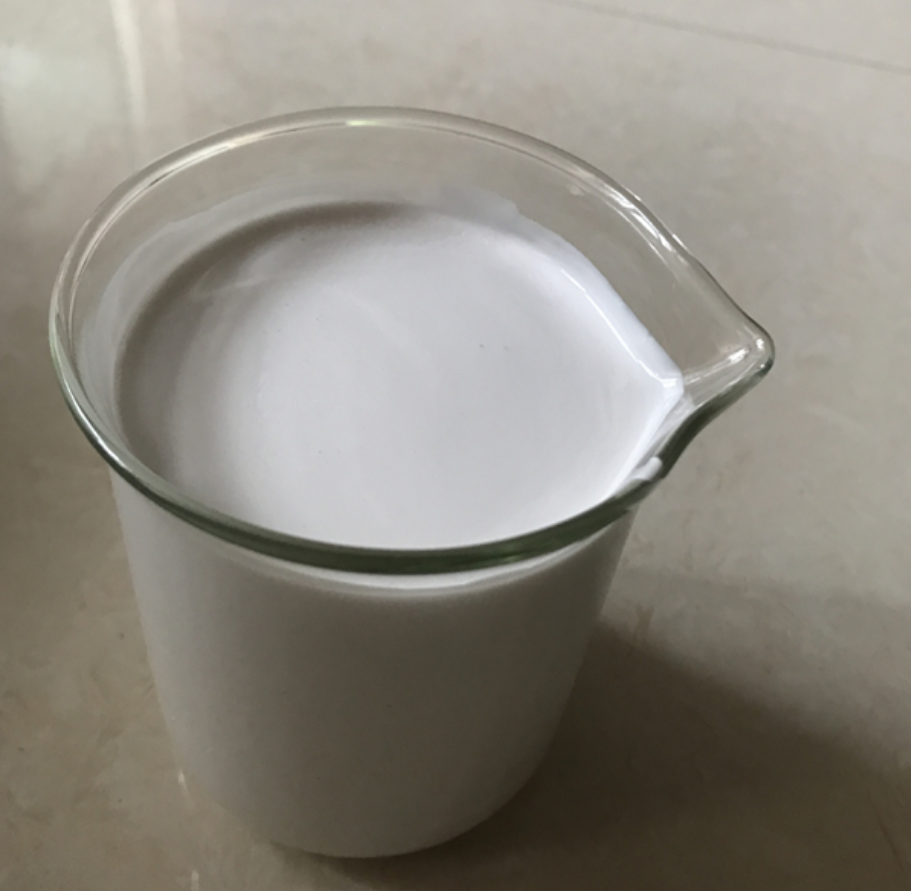
(3) The free surface is covered by alkyl groups in a dense stacking manner, and the mold release ability increases with the density of alkyl groups; however, when the alkyl groups occupy a large spatial site resistance, the stretching conformation is restricted, and the mold release ability will decrease again;
(4) The molecular weight and viscosity of the mold release agent are also related to the mold release ability. When the molecular weight is small, the spreading is good, but the heat resistance is poor.
5. What is the performance of silicone mold release agent?
(1) Mold release (lubricity). When forming a uniform film and complex shaped molded objects, the dimensions are precise and error-free.
(2) Good continuity of mold release.
(3) The surface of the molded object is smooth and beautiful, and dust does not stick to it because of the application of a sticky mold release agent.
(4) Excellent secondary processability. When the mold release agent is transferred to the molded object, it has no adverse effect on the processed objects such as plating, hot pressing mold, printing, finishing, and bonding.
(5) Easy coating.
(6) Heat resistance.
(7) Pollution resistance
(8) Good molding, and high productivity.
(9) Good stability. When used in conjunction with cooperating agents and materials, its physical and chemical properties are stable.
(10) Non-flammable, low odor, low toxicity.
6. What are the precautions for silicone mold release agents?
(1) Correct use: according to the needs of the product and production process, select the appropriate rubber mold release agent and use it correctly to ensure the release effect and product quality.
(2)Appropriate use: Excessive use of the release agent may have a negative impact on product performance, while too little use may lead to mold release difficulties.
(3) Storage: Store the rubber mold release agent in a cool and dry place, avoiding direct sunlight and a high-temperature environment, so as not to affect product quality.
(4) Attention to safety: when using rubber mold release agents should pay attention to protective measures to avoid contact with skin and eyes and away from fire.
7. What is the use of silicone mold release agents?
Rubber mold-releasing agents can be used according to the specific products and production processes vary, generally can be operated according to the following steps.
(1) Preparation: Select the appropriate amount of rubber mold release agent, and pre-diluted or heated as needed.
(2) Coating: Apply the release agent to the surface of the mold and make sure it is evenly coated.
(3) Waiting: Wait for a set period of time to allow the release agent to form a lubricating film on the mold surface.
(4) Molding: Put the rubber material into the mold for molding, pay attention to avoid overfilling.
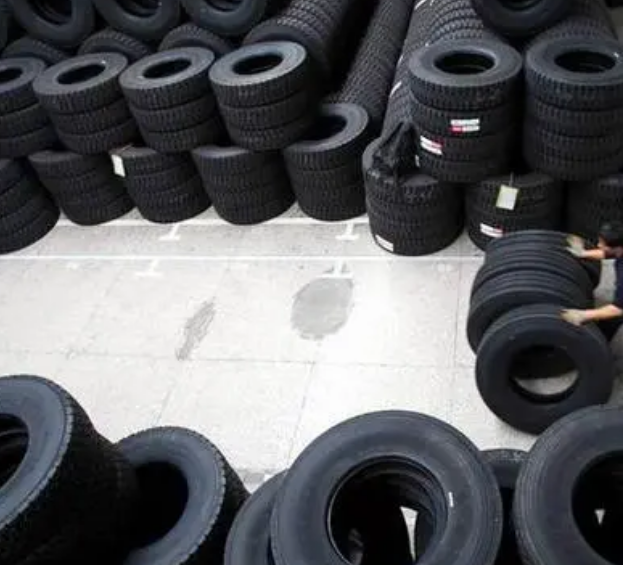
(5) demolding: wait for the rubber product to solidify, and gently remove the product from the mold.
8. How to make silicone mold release agent performance better?
Silicone release agent also has heat and stress properties, not easy to decompose or wear; silicone release agents bonded to the mold without transferring to the parts being processed do not interfere with painting or other secondary processing operations. The role of a silicone mold release agent is to cure molded products smoothly separated from the mold, so as to get smooth and flat products, and to ensure that the mold has multiple uses. How to improve the competitiveness of products and determine suitability?
XJYSilicones is one of the leading manufacturers of silicone resins in China, with more than 30 years of R&D and manufacturing experience in the silicone industry, and has long been serving many famous brands at home and abroad, to meet the needs of the field of release agents, and can also be customized according to the needs of the resin products.

